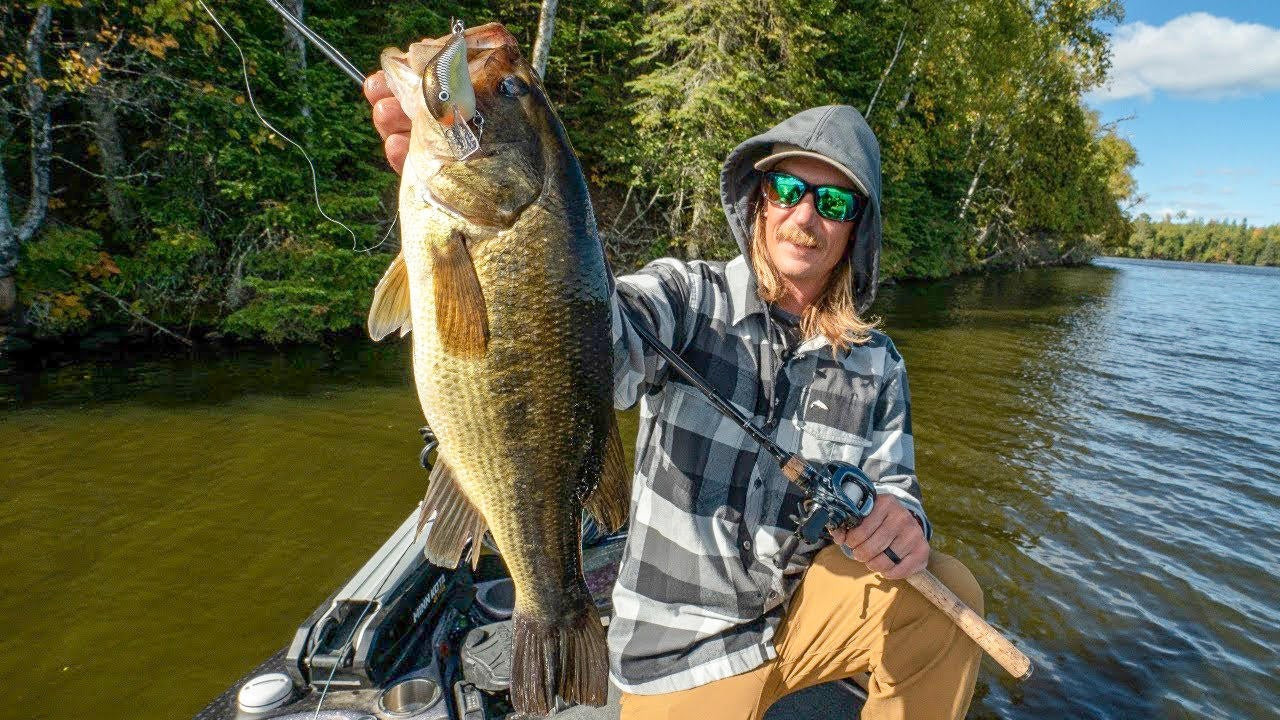The fall bass fishing window is prime time to head into the shallows with a squarebill crankbait in hand. Seth Feider keeps his choices simple always reaching for balsa crankbaits in the fall. In his opinion, premium balsa baits provide the best balance between buoyancy and action while triggering bass that often aren’t tempted with bottom contact baits like jigs and Texas rigs. Here are Feider’s top 5 reasons for fishing balsa squarebills over plastic varieties, plus some additional nuggets on bait selection and approaching cover with strategic casts. Tackle links below.
- Cover more water than a jig. A squarebill is a much more efficient tool for covering water than a vertical presentation when you’re staring down a bank of cover. A speedy approach helps you contact the most aggressive bass as quickly as possible.
- Suspends off the bottom. Contrary to popular opinion, bass often suspend in and around woody cover instead of hunkering down toward the bottom. Squarebill cranking puts the bait in their face instead of below them.
- Triggers bass that bottom contact baits often don’t. They’re called four-wheel drive baits for a reason. Squarebills are purpose-built for colliding with cover and structure, which usually elicits an aggressive feeding response/instinct.
- More buoyant than plastic. Buoyancy equates to less snagging, so you’re less apt to ruin a spot on a poorly placed first cast or inopportune collision with a branch.
- Quieter than conventional squarebills (with rattles). Many balsa baits rely on their subtle shimmy over loud rattles. Feider prefers this quieter approach when you’re apt to make repetitive casts to key cover, which is often the case when casting to laydowns.
FISHING TACKLE USED:
- Rapala DT 3 Fat, color: Ike’s Smash
- Daiwa Tatula Glass Casting Rod, 7′ M
- Daiwa Elite Casting Reel, 6.3:1
- Sufix Advance Fluorocarbon, 12- to 14lb












